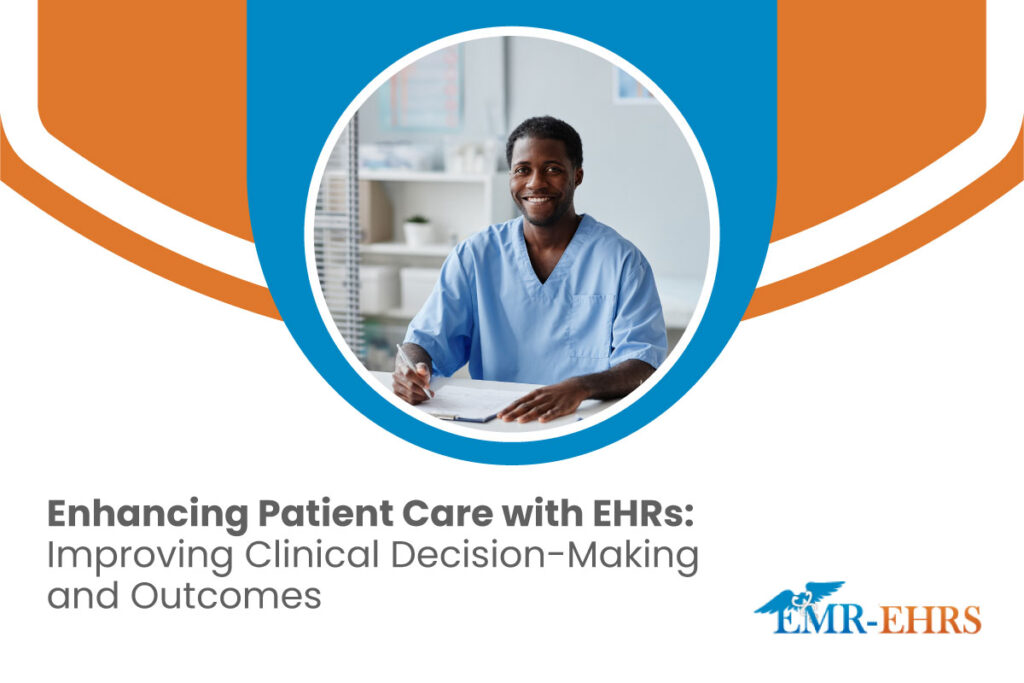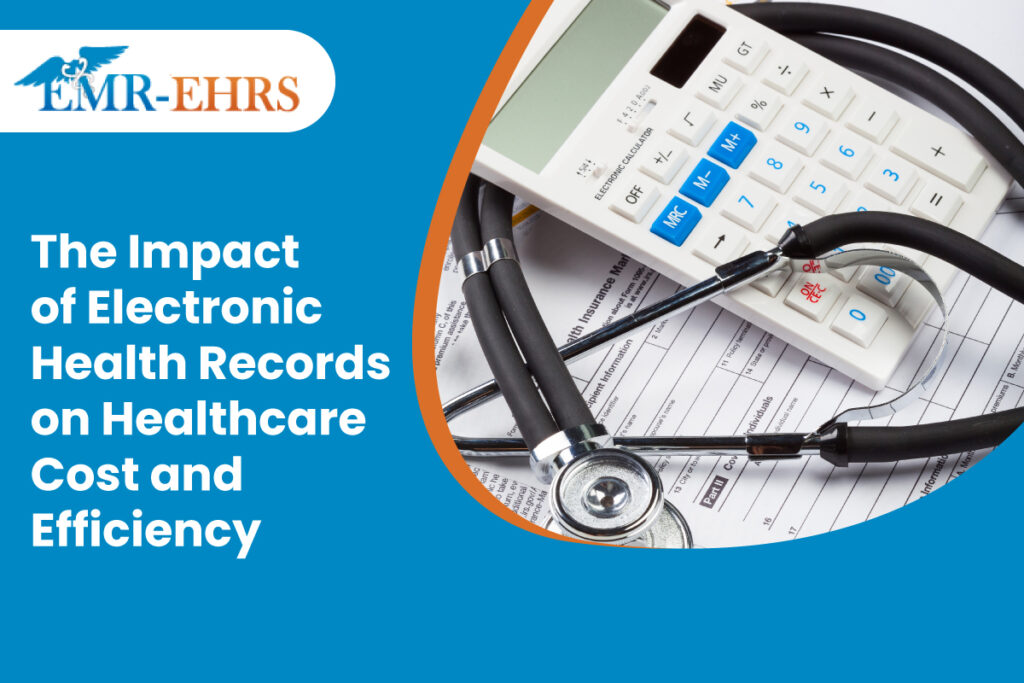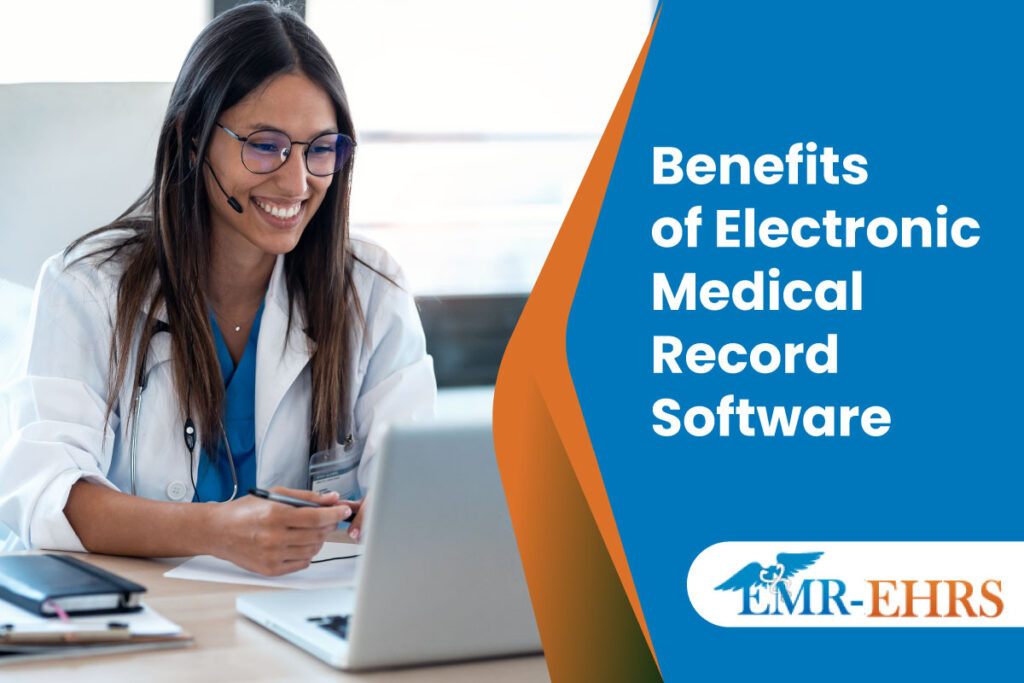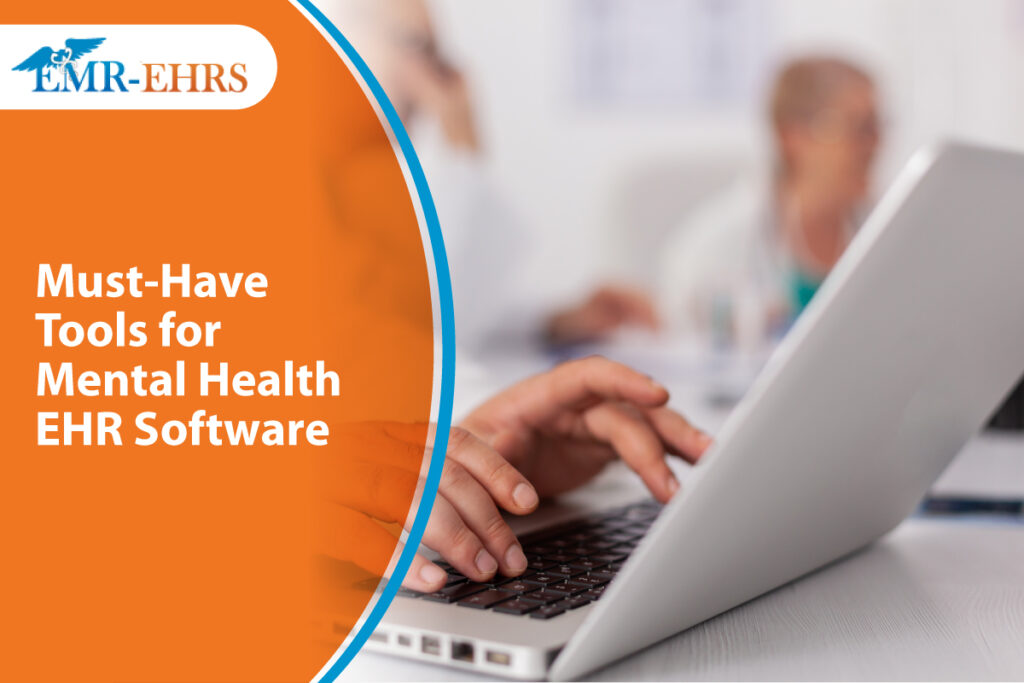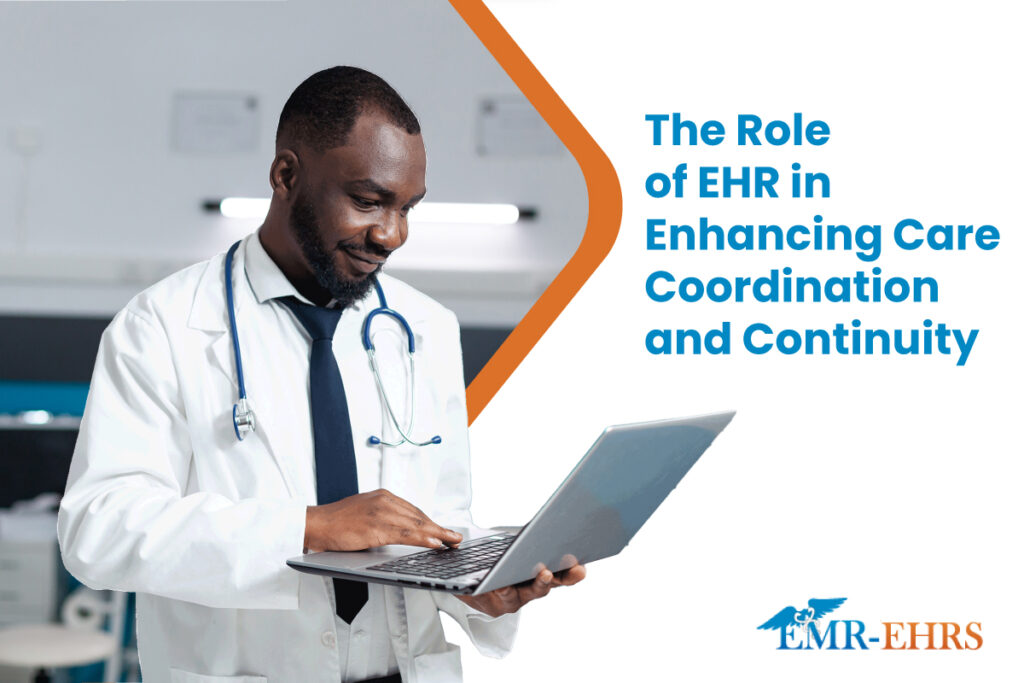
The coordination and continuity of patient care require proper collaboration with other healthcare teams in your medical practice. This collaboration involves the secure sharing of vital information, ensuring that your patients receive safer and more effective care.
A powerful tool that greatly facilitates organized and purpose-driven care is the electronic health record (EHR) system. According to a study, 75% of providers report that EHRs improve patient care, enhance disease detection, and reduce medical errors. This digital platform also facilitates the exchange of medical information between you and your fellow healthcare providers, promoting convenient and effective care coordination.
To gain a better understanding of the role EHRs play in the care continuum, let’s take a look at what the terms “care coordination” and “continuity of care” mean in today’s healthcare space.
What Is Continuity of Care?
Continuity of care is a fundamental concept in healthcare that holds immense value for both providers and patients. It refers to the seamless and coordinated delivery of medical services to patients over time. In essence, it’s about maintaining consistent and uninterrupted care throughout a patient’s healthcare journey.
As a healthcare provider, you play an integral role in maintaining continuity of care for your patients. This involves establishing an ongoing relationship with patients, where you work collaboratively to manage their health in a holistic manner. The American Academy of Family Physicians (AAFP) states that continuity of care reduces mortality risks. They also added that it is a cooperative process between patients and doctors that aims to provide high-quality, cost-effective healthcare.
What Is Care Coordination?
Care coordination is the cornerstone of effective healthcare delivery, which requires concerted efforts from all members of the patient’s care team. Achieving optimal care coordination requires ensuring that each member of the healthcare team is well-informed, aware of the treatment plan, and aligned with it through intentional information sharing and collaboration.
The Agency for Healthcare Research and Quality (AHRQ) offers valuable insights into patient care coordination. According to their definition, successful coordination involves timely communication of a patient’s needs to the appropriate individuals. This is to ensure safe, appropriate, and effective care.
By incorporating care coordination practices into healthcare delivery strategies and EHR systems, you can improve quality of care and reduce the likelihood of errors that can disrupt the patient’s healthcare journey.
How EHR Systems Improve Care Coordination and Continuity of Care
It’s common for patients to interact with many different healthcare providers throughout their healthcare journey. However, these encounters might lead to fragmented perspectives on patient care. That’s why EHRs are designed to bridge the gaps and provide a centralized platform for collaboration. Here are the most common ways EHRs improve care coordination and continuity:
Data Sharing
If your practice uses an EHR system that is interoperable, you will be able to easily share patient information between different EHRs and healthcare providers. This enables care coordination at multiple levels throughout the patient’s journey. The sharing of electronic data eliminates lost documentation when changing practices, clinical errors resulting from missing information, and the need for faxing. All the data needed to treat the patient will be accessible within the EHR system, which allows the primary care provider, specialist, and other members of the patient’s care team to easily exchange actionable data at the point of care. Using an EHR can accelerate the coordination of care in your medical practice, leading to smoother and more effective patient treatments.
Patient Satisfaction
Patients are happier if they can access their care teams and medical records whenever the need arises. In this case, you must ensure your EHR system offers a patient-friendly portal and secure functionalities that encourage them to connect with you electronically.
EHRs help everyone involved in a patient’s treatment have the most current and accurate information for effective health decisions. This is critical in the following situations:
- For Patients with Many Specialists: Some patients see different doctors in different places. By using EHRs, all these doctors will have access to the same information about their patients, ensuring that no critical detail in the patient’s health records is missed.
- For Patients in Emergency Situations: When patients get care in urgent situations, like the emergency room, EHRs let the medical team quickly know about allergies, conditions, and other vital information.
- For Patients Changing Care Settings: Moving between different care settings becomes smoother with EHRs. This is because EHRs provide the new doctor with immediate access to the patient’s medical history.
In short, EHRs allow a secure and seamless flow of information among different care providers by connecting all the aspects of a patient’s care journey. This comprehensive approach to data sharing and communication is at the heart of effective care coordination and continuity.
A Thorough Communication Process
Within an EHR system, digital tools, like patient portals, become valuable bridges for fostering clear and detailed communication between care teams and the patients they serve. By offering patient portals as a solution, you enable patients to interact directly and safely with you, especially if you are their primary care provider. They can ask about treatments, seek information, and access their medical records with confidentiality. Below are the benefits of allowing patients to connect with you through patient portals:
Strengthened Compliance: Patients are more likely to stick to their treatment plans when they can communicate their concerns and get clarifications directly from their care provider. This interactive approach enhances their well-being.
Heightened Satisfaction: Providing patients with a convenient avenue to ask questions and receive prompt responses demonstrates attentive care. This elevated level of service contributes to improved patient satisfaction and a positive healthcare experience.
Enhanced Health Outlook: Patients can achieve better health outcomes when they feel empowered to communicate with their providers. Clear communication prevents misunderstandings, promotes informed decisions, and ensures that patients follow their prescribed treatments diligently.
The use of patient portals extends beyond convenience – it empowers patients to actively take charge of their health. With these digital platforms, you can create a collaborative healthcare environment that benefits your patients and your organization.
Remote Care
The integration of your EHRs with telehealth ensures that patients can continue their healthcare journey without disruption. Follow-up appointments, consultations, and discussions are now accessible without in-person visits.
Telehealth tools in EHRs let specialists, primary care providers, nurses, and other clinical personnel contribute their insights to create comprehensive care plans that address all aspects of a patient’s health.
Furthermore, these integrated tools streamline communication between care providers, simplifying updates, patient data, and treatment plans. The result is a more coordinated and long-term care experience, where everyone works in harmony to contribute to the patient’s well-being.
In summary, EHR systems are critical to modern healthcare’s efforts to maintain continuity of care and improve care coordination. Sharing information, working together better, and making smart decisions about the patients’ health can be easier with these programs. As technology advances, you must utilize your EHR systems effectively to make sure every patient receives top-quality care from start to finish.
Choose the Top EMR/EHR Software
Over the years, we have assisted medical practices with EHR/EMR selection, implementation, and software usage. We provide customized EMR/EHR software to meet your practice’s needs.
Schedule a demo or contact us through the contact form for more personalized information. Let’s work together to find the best software for your practice!
Do you have a favorite EHR add-on service? Feel free to comment below!




